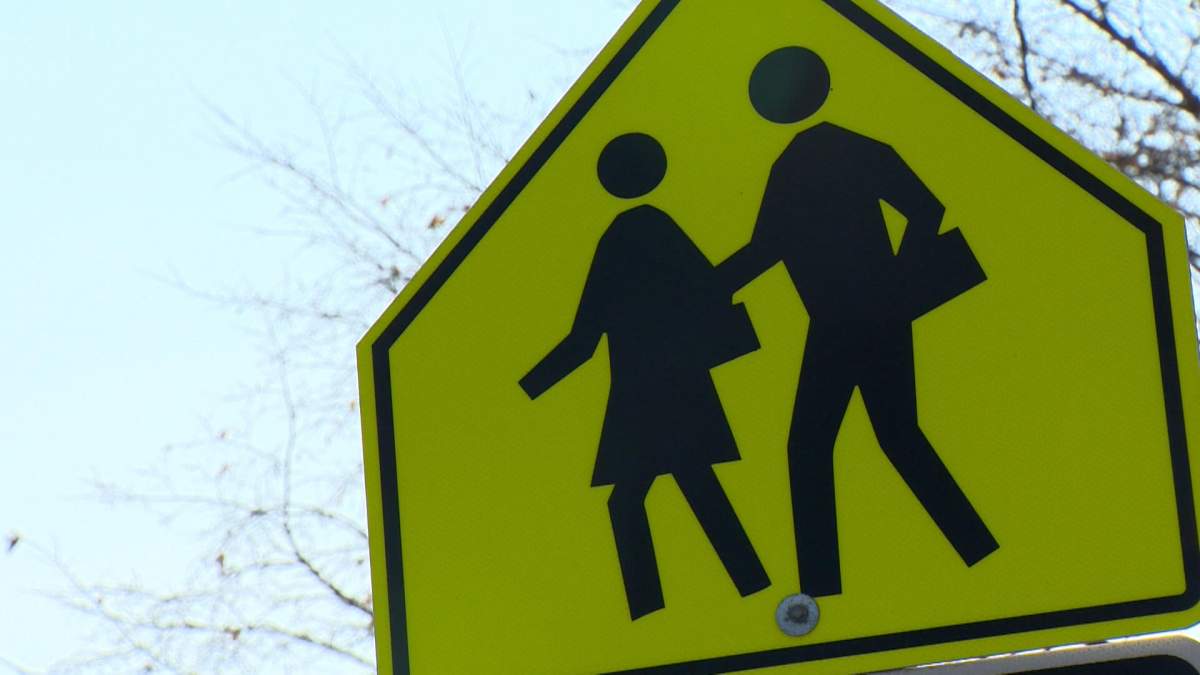A recent report from CAA has proven that Saskatchewan is one of the most dangerous places in the country for kids trying to get to school.

“You would think that over the years, things would have changed but it’s actually worse,” said Angel Blair, school safety patrol co-ordinator with CAA. “School zones are busier and busier and what we are seeing is distracted driving and speeding remain the main risky behaviours in school zones.”
The CAA School Travel Study showed that Saskatchewan has some of the fewest safety measures in place when it comes to school zones.
“The province has no provincial design guidelines that dictate safe and separated infrastructure for pedestrians and cyclists, nor have they adopted design guidance around improved infrastructure in the vicinity of schools,” read the report.

Get breaking National news
Compared with other Canadian regions, Saskatchewan is sitting in last place in terms of implemented safety measures and guidelines, alongside Nunavut and Yukon.
“While Automated Speed Enforcement Funds are distributed to municipalities, there is no requirement that these funds be spent on safety improvements for vulnerable road users,” the report explained.
The report noted that the province has no provincially funded safe routes to school programs or provincially funded active transportation strategies or projects.
“A lot more people continue to drive to school and those school zones aren’t safe for children,” Blair said. “There are near misses and there are close calls and that shouldn’t happen.”
CAA mentioned older programs like Saskatchewan in Motion in the report, but explained they were forced to shut down due to a lack of provincial funding.
Some of the only current practices in the province geared toward safety are provincially funded pedestrian and cycling education programs in schools and giving speed reduction authority to municipalities.
Most active transportation projects are federally funded, with few exceptions.
“Saskatchewan Government Insurance has a dedicated and ongoing community grants program that supports small improvements to infrastructure. The Provincial Traffic Safety Fund Grant helps communities manage speed, improves school zone safety and installs pedestrian crosswalks,” read the report.
Provincial legislation in Saskatchewan reduces speed limits in school zones to 30 kilometres per hour and tells drivers to stop for school buses.
Demerits are mandated for failing to comply.
Blair reminded drivers to obey the rules of the road and be extra alert when driving through a school zone.
Global News has reached out to the province for comment.








Comments